Ye are standing this day all of you before the Lord your G‑d: your heads, your tribes, your elders, and your officers, even all the men of Israel, your little ones, your wives, and thy stranger that is in the midst of thy camp, from the hewer of thy wood unto the drawer of thy water; that thou shouldest enter into the covenant of the Lord thy G‑d—and into His oath—which the Lord thy G‑d maketh with thee this day. (Deut. 29:9-11)
The above verses at the beginning of the Torah portion Nitzavim that is always read in the week preceding the Jewish New Year, Rosh HaShanah, are usually interpreted in terms of the unity of Jewish people: You are standing this day all of you [read: standing together in perfect unity]. This is not apparent from the plain text which goes on to recite a hierarchical social structure—your heads, your officers, your woodcutters, and your water carriers. Where do we see the unity and brotherly love that our sages profess Jews manifested on that day?
There is a fundamental concept in physics that may help us understand that. This concept is called symmetry or invariance. Symmetry means the lack of change under particular transformation, i.e., that a certain property of a physical system does not change under a transformation. For example, if you rotate a perfect sphere, nothing changes—this is called rotational symmetry. The law of physics should be the same here, and there, and everywhere—this is a translational symmetry. The property which remains the same under certain symmetry (particular transformation) is referred to as an invariant—it doesn’t vary with the change. The speed of light is invariant with respect to transformation of inertial frames of reference—it’s the same in every frame of reference moving with constant velocity along a straight line. All laws of physics must be invariant with respect to a general coordinate transformation.

Emmy Noether
Nobel laureate Philip Warren Anderson wrote in his 1972 article More is Different that “it is only slightly overstating the case to say that physics is the study of symmetry.”
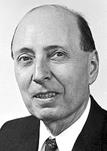
Eugene Wigner
As Emmy Noether (1882 – 1935), the Jewish-German mathematician, proved in her fundamental theorem that for every continuous mathematical symmetry, there is a corresponding conserved quantity such as energy or momentum. This theorem became one of the cornerstones of theoretical physics. Nobel Laureate Eugene Wigner wrote that the symmetries of the laws of physics determine the properties of the particles found in nature. Moreover, symmetries are responsible for the very existence of fields, particles, and fundamental forces.
On this blog, we often discuss the state of superposition. In a state of superposition, a particle can be in two places at the same time, an electron can have spin up and down at the same time, and a Schrödinger cat can be dead and alive at the same time. There are also quantum-mechanical objects that can be two different particles at the same time – for example, electron and neutrino. But an electron has a charge -1, and neutrino has no charge. You cannot say which one it is until you collapse the wavefunction by measuring the charge. This uncertainty causes a cascade effect among other particles with which electrons and neutrinos interact – up and down
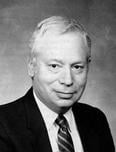
Steven Weinberg
quarks, photons, W+, W– and Z0 bosons. This internal symmetry is at the core of the electroweak theory unifying electrodynamics (which is generated by the exchange of photons) with weak forces (which are generated by the exchange of W and Z particles). Sheldon Glashow, Steven Weinberg, and Abdus Salam shared the 1979 Nobel Prize for developing this theory. In essence, the symmetry gives rise to electromagnetic and weak forces (or fields) and the particles that carry them.
There is another type of symmetry in the subatomic world. Protons and neutrons that make atomic nuclei are themselves composed of fundamental particles called quark. Quarks come in three varieties, called colors—red, blue, and white (nothing to do with real colors, of course—it’s just a label).
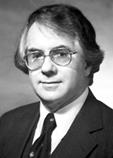
Sheldon Glashow
There a symmetry in that changing the color doesn’t change the interaction between quarks. Moreover, if a quark is in a state of superposition of any two colors, the symmetry is preserved. That makes it necessary to include a new force of nature, called the strong nuclear force that glues quarks together inside protons and neutrons. This symmetry also gives rise to new particles, appropriately called gluons, that carry the strong force gluing quarks together. The theory describing strong interactions is called Quantum Chromodynamics. Together, these internal symmetries unify electromagnetic, weak and strong nuclear forces into a single theory—the Standard Model.
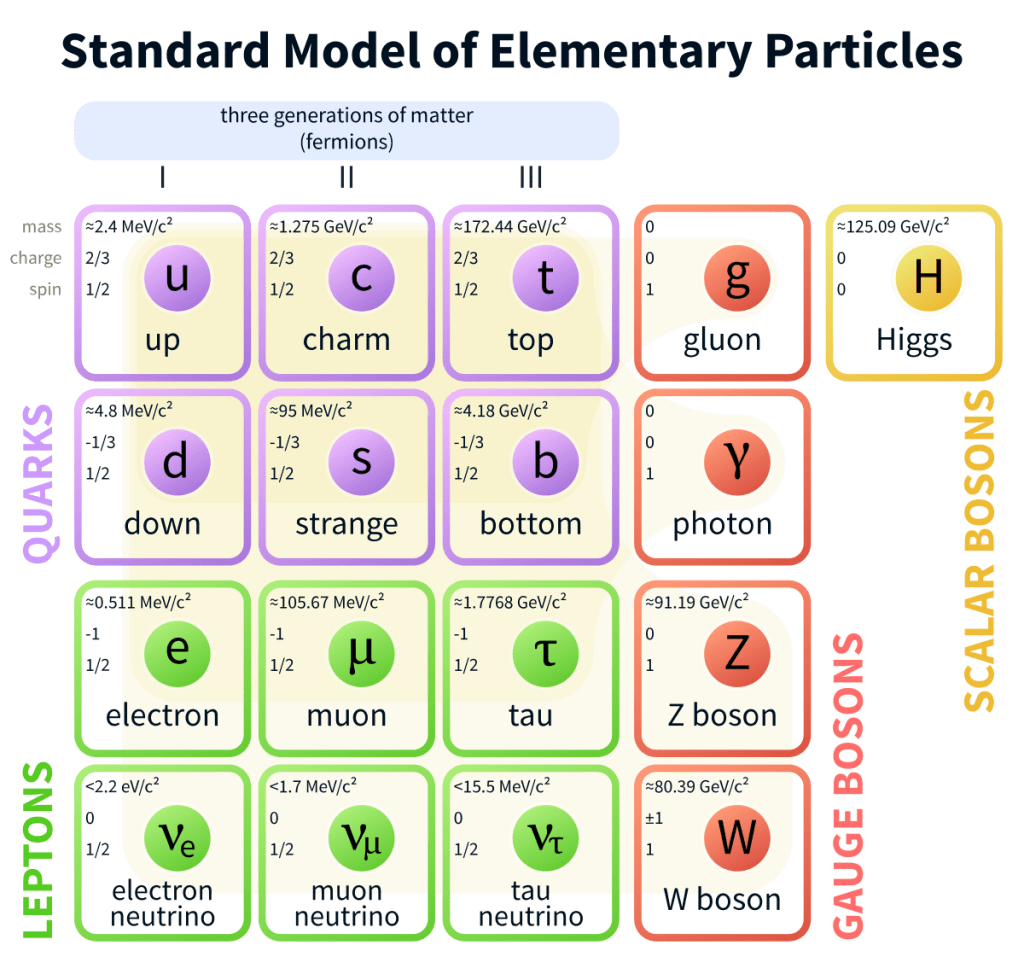
Now, let’s go back to the Biblical verses at the beginning of the portion. Jews, the Torah tells us, come in different “colors”—heads, officers, woodcutters, water carriers, men, women, children, etc. But they all enter the covenant of the Lord, regardless of their “color.” That creates a symmetry of sorts. Taking a poetic license, one can say that the Covenant is the invariant under this symmetry group. This symmetry gives rise to a “force” that is called Ahavat Yisrael—the brotherly love among the Jewish people that glues us together and unifies us into a single indivisible nation. I call this “Jewish Chromodynamics.”
Perhaps, that is why the words “You are standing this day all of you” should indeed be understood as the expression of unity. Our Sages intuited this without quantum physics. But for us, it comes handy.
As it says in the Hayom Yom, the Alter Rebbe (Baal HaTanya) explained that “You stand this day”—this day refers to Rosh HaShana, which is the day of Judgment (as it is written, “The day came,” which Targum renders, the day of the great judgment came). Yet you remain standing firmly upright (nitzavim), meaning—you will be vindicated in judgment. From the point of view of Jewish Chromodynamics, it is easy to see why. While some of us individually may come short on merits on the Day of Judgement, glued together by the strong force of Ahavat Yisrael, we become one unit—Klal Yisrael—which will always be found meritorious, as the Torah promises, “all of you… shall enter into the covenant of the Lord thy G‑d.”
May we all be written and sealed in the Book of Life for a healthy, happy and sweet year. Ktivah vechatimah tovah l’shanah tovah u’metuka!

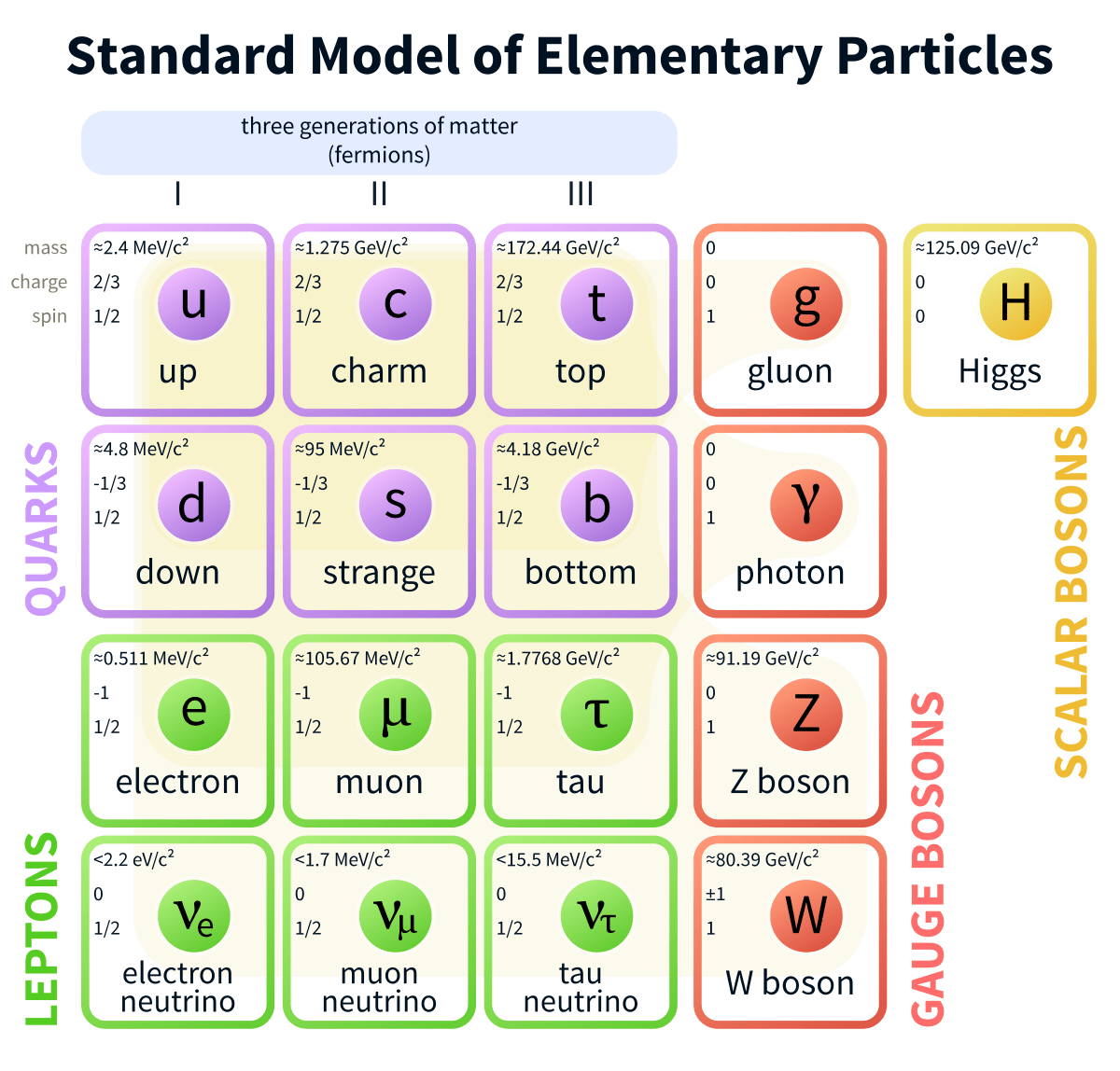
seems like the 12 shevatim the 4 mothers the gause bosons and the highs boson means iacok???
Thank you for your comment! If I understand you correctly, you are referring to gauge bosons and Higgs bosons, right?
I can see how you draw the parallel between gauge bosons and four mothers–because there are four types of gauge bosons. Indeed, the Standard Model predicts four kinds of gauge bosons: photons, which carry the electromagnetic interaction; W and Z bosons, which carry the weak interaction; and gluons, which carry the strong interaction. However, I don’t immediately see how the twelve tribes fit here. I am also guessing you are drawing a parallel between the Higgs boson, which is only one, and Jacob, are you not? In my opinion, numerical values alone are not enough to draw a meaningful parallel, there has to be something more there. For example, if you compare Higgs with Jacom just because there is only one Higgs boson and one Jacob, there is also one Abraham and one Isaac. Why not compare Higgs to either of them? Numbers alone are not enough. Perhaps you see something there that I don’t see–do tell! Please explain the parallel you see in greater detail.